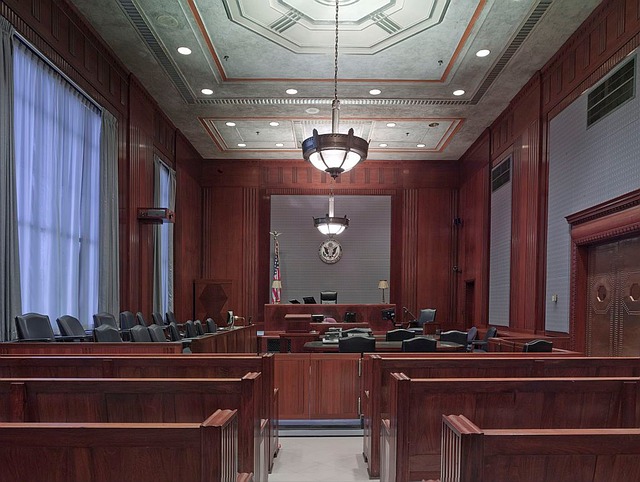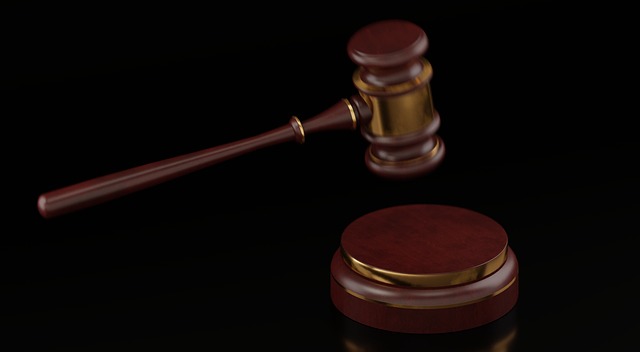Recent high-profile criminal cases have significantly reshaped criminal law, with landmark rulings on self-defense and digital privacy. These cases influence legal precedents and public opinion, highlighting the need for balanced interpretations of community safety and individual rights. The criminal justice system is evolving to address systemic issues, implementing restorative justice practices and innovative policies like pre-trial diversion and evidence-based sentencing. Juries and judges must navigate emotional decision-making while adhering to solid legal principles, ensuring just verdicts that impact public perceptions of the criminal law landscape.
“Dive into the dynamic world of criminal law and explore its evolving landscape. This comprehensive article delves into recent high-profile cases, their profound impact on legal precedents, and how they shape public perception. We uncover changes in criminal justice reform, highlighting legislative trends and initiatives aimed at system improvement.
Furthermore, we explore technological advancements in forensics and crime investigation, revealing tools that revolutionize evidence analysis. Additionally, we scrutinize the rights of accused persons, detailing legal protections while addressing challenges that persist within the criminal justice system.”
- Recent Criminal Law Cases and Their Impact
- – Highlight high-profile cases and their implications on legal precedents.
- – Discuss how these cases shape public perception of the criminal justice system.
- Changes in Criminal Justice Reform: Trends and Initiatives
Recent Criminal Law Cases and Their Impact

Recent Criminal Law Cases have brought significant changes and debates to the forefront, shaping the landscape of justice. One notable case involves a redefinition of self-defense, where the court ruled that individuals can now use force more broadly in response to perceived threats, marking a shift from traditional interpretations. This decision has sparked discussions about community safety and personal autonomy.
Another influential case focused on digital privacy and its intersection with criminal investigations. The ruling emphasized the need for balanced surveillance practices, striking a chord between law enforcement’s requirement to gather evidence and citizens’ right to privacy. These landmark cases not only influence future legal precedents but also reflect the evolving nature of criminal law, adapting to societal changes and technological advancements.
– Highlight high-profile cases and their implications on legal precedents.

High-profile criminal cases often set significant legal precedents and shape the landscape of criminal law. These cases, involving notorious crimes or high-ranking individuals, attract widespread media attention and public interest. The outcomes can influence future interpretations of existing laws and even prompt legislative changes. For instance, a case that establishes a new definition of self-defence could become a cornerstone for similar situations, ensuring fair and consistent justice.
Media scrutiny and public opinion play a complex role in these cases. While they can drive much-needed reforms, they may also lead to emotional decision-making and prejudice. Judges and juries must navigate this intricate web, relying on solid legal principles and evidence to deliver just verdicts. Such landmark decisions not only impact the lives of those involved but also leave a lasting mark on criminal law practices across the jurisdiction.
– Discuss how these cases shape public perception of the criminal justice system.

High-profile criminal cases often serve as a mirror, reflecting public sentiment and shaping perceptions of the criminal justice system. These trials capture national attention, leaving a lasting impact on how society views law enforcement, prosecutors, and the courts. The outcome and media coverage can influence public opinion, sometimes creating a bias or fostering trust in the system.
Notorious cases, especially those involving prominent individuals, have the power to highlight systemic issues or expose disparities in criminal law. They can spark conversations about justice, equality, and the interpretation of laws, leading to increased scrutiny and potential reforms. As such, these cases are not just legal battles but cultural phenomena that shape narratives around crime, punishment, and redemption.
Changes in Criminal Justice Reform: Trends and Initiatives

In recent years, the landscape of criminal justice reform has seen a surge in initiatives aimed at addressing systemic issues within the legal system. This shift is driven by a growing awareness of the need for more equitable and just outcomes for all individuals involved in the criminal justice process. Key trends include a move towards restorative justice practices, which focus on rehabilitation and reconciliation rather than punitive measures. Additionally, there’s a rising emphasis on diverting low-level offenders from traditional court systems into specialized programs that offer alternatives to incarceration.
These reforms are being driven by innovative policies such as the expansion of pre-trial diversion programs, the implementation of evidence-based sentencing guidelines, and increased investment in mental health and substance abuse treatment services. Many jurisdictions are also reevaluating their approach to drug offenses, moving away from mandatory minimum sentences and embracing more flexible, healthcare-focused strategies. Such initiatives reflect a broader push within the criminal law sector to humanize the justice system while ensuring public safety.
In conclusion, the realm of criminal law continues to evolve, shaped by high-profile cases that leave an indelible mark on legal precedents and public perception. Recent developments in criminal justice reform highlight a symphony of initiatives aiming to enhance fairness and accountability. As we navigate these changes, it’s clear that these trends underscore the importance of continuous reform, ensuring a more just and effective criminal law system for all.
